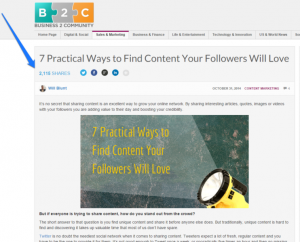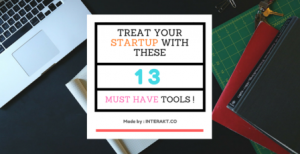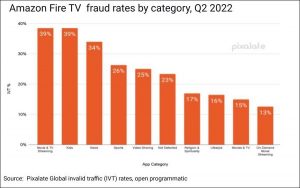
As marketers, we understand the worth of a stellar email marketing campaign. In fact, the Content Marketing Institute revealed that 83% of B2B marketers use e-newsletters as a primary content marketing vehicle. What’s more, a study from Ascend2 revealed that 48% of B2B marketers agreed that email marketing is their most effective tactic—even above websites and landing pages.
But not all email campaigns are created equal. We must put on our strategic thinking caps when implementing our email marketing strategies so that we can maximize the value of our messaging to make the greatest impact on our buyers.
The best way to optimize your brand’s messaging is to ensure that your database isn’t undermining the deliverability of your messages. You must evaluate the health of your marketing contacts to ensure that the names, addresses, job titles and company names aren’t expired or duplicated. Your marketing database atrophies at 3% per month, so if you aren’t monitoring your data on a regular basis, many of your emails are guaranteed to bounce. This is a stat marketers can no longer afford to avoid.
You can ensure your data remains in tip-top shape month after month by deploying marketing data management software. This software will automatically cleanse, de-duplicate and even enhance your database by completing information that’s missing from some of your contacts—like an accurate email address, for instance.
Once you’ve completed the necessary preliminary work, you can focus on implementing tactics that will help you create messages that better align with the specific phases of your buyers’ journeys. Here are a few techniques and tools email marketing whiz kids find to be the most effective:
- Split A/B testing: Increasing your open and response rates can be as simple as changing one small variable. Split A/B testing is a tactic marketers can use to find out if changing an element in their emails might improve resonance with buyers. So, next time you send an important email, try sending half of your contacts a standard subject line, and the other half a cheekier one…or even use a compelling stat. That is the basics of A/B testing – once you’re comfortable conducting proper experiments, you can do really cool tests to find out the exact length your message where people stop reading, or how different types of photography can impact clickthru rates. This will also enable you to create an email content strategy based on real numbers.
- List segmentation: When you’re confident that your marketing database is a dependable source from which you can glean buyer insights, you can optimize your email marketing messages to align with your different buyers’ pain points, interests, budgets, and careers. You can segment your audience into different categories so that you can create more personalized messages, which will result in more targeted and relevant email campaigns and higher response rates. This also is pretty basic, but you’d be surprised how many marketers we work with that aren’t doing this as strategically as possible…or even at all.
- Email automation: Automating your emails can help with the frequency and consistency of your campaigns. For instance, when you must craft a string of messages that target individuals various phases of the buying cycle, you can use automation to pre-schedule emails to be sent on specific dates to help maintain consistency. What’s more, you can also assign different paths for a prospect to take, based on their behavior. For instance, if your potential customer clicks the “register for our webinar” button, the next email to be automatically sent will be a “thank you for signing up” message, including event reminders. When you’re ready for more advanced steps, you can do things like mapping people’s email activity to their stage of the buying cycle, and then use that information to show specific display advertisements for retargeting purposes.
We are officially here. The day when it is no longer okay to send batch, untargeted, one-time messages to a list pulled from a dirty database. Take the time to map out your data management strategy, invest in a marketing automation platform, and train your team to create engaging messages and data-driven campaigns will truly drive opportunity creation (and revenue) for your company.
Digital & Social Articles on Business 2 Community(110)
Report Post





